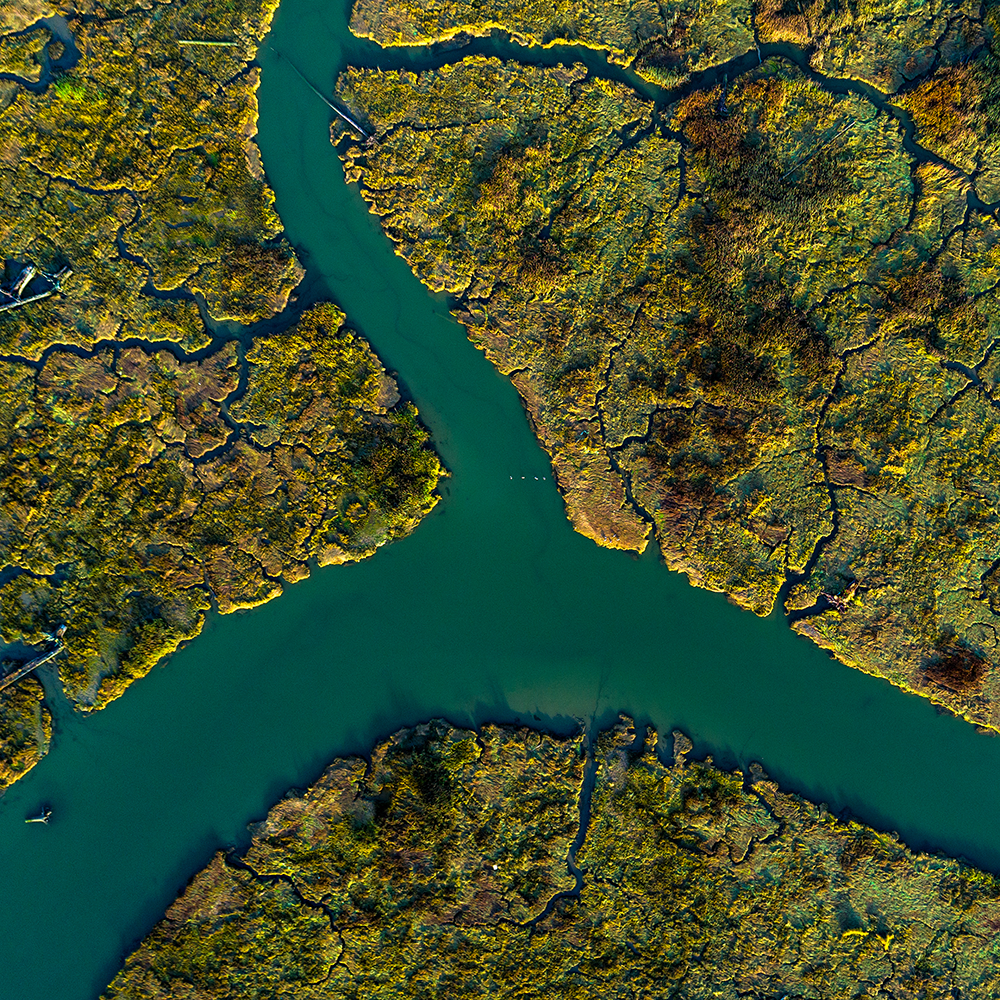
New Tool to Quantify Blue Carbon, Increase Conservation Financing
First Blue Carbon Conservation Methodology Expected to Scale Up Finance for Coastal Restoration & Conservation Activities
This story originally appears on Verra’s website. Please visit: https://verra.org/first-blue-carbon-conservation-methodology-expected-to-scale-up-finance-for-coastal-restoration-conservation-activities for more details
Verra just released the first blue carbon conservation methodology approved under any major GHG program. The methodology, which is a revision to the VCS REDD+ Methodology Framework (VM0007), adds blue carbon conservation and restoration activities as an eligible project type and is expected to unlock new sources of finance for tidal wetland conservation and restoration activities. 
Coastal wetlands, including mangroves, seagrasses and salt marshes, sequester and store significant amounts of carbon (“blue carbon”). Although they currently cover less than 2% of total ocean area, such ecosystems account for almost 50% of the total carbon stored in ocean sediments. These ecosystems also provide a number of important ecosystem services for communities, including improved water quality, healthy fisheries, and coastal resilience to storm and flood events.
However, sufficient finance to drive the scaling of blue carbon activities has been slow to materialize. Blue carbon activities are one type of Natural Climate Solution (NCS) which, as a whole, currently receive just 3% of total climate investment globally in spite of having the potential to deliver a third of the emissions reductions needed by 2030 to keep global warming below 2 degrees. This lack of financial support has been a barrier to bringing blue carbon conservation and restoration activities to scale.
To address this, Restore America’s Estuaries and Silvestrum Climate Associates led on an update to the REDD+ Methodology Framework (VM0007) to expand its applicability to tidal wetland conservation and restoration activities, including activities on mangroves, seagrasses and salt marshes. This update will enable these activities to access additional sources of finance through the sale of carbon credits in voluntary or compliance markets and help scale up tidal wetland conservation and restoration.
Two webinars will provide an overview of this new methodology:
- English – 22 September at 11 am EDT. Click here to register.
- Spanish – 30 September at 10 am EDT. Click here to register.
For more information, please reach out to Hilary Stevens, Restore America’s Estuaries’ Coastal Resilience Manager.
